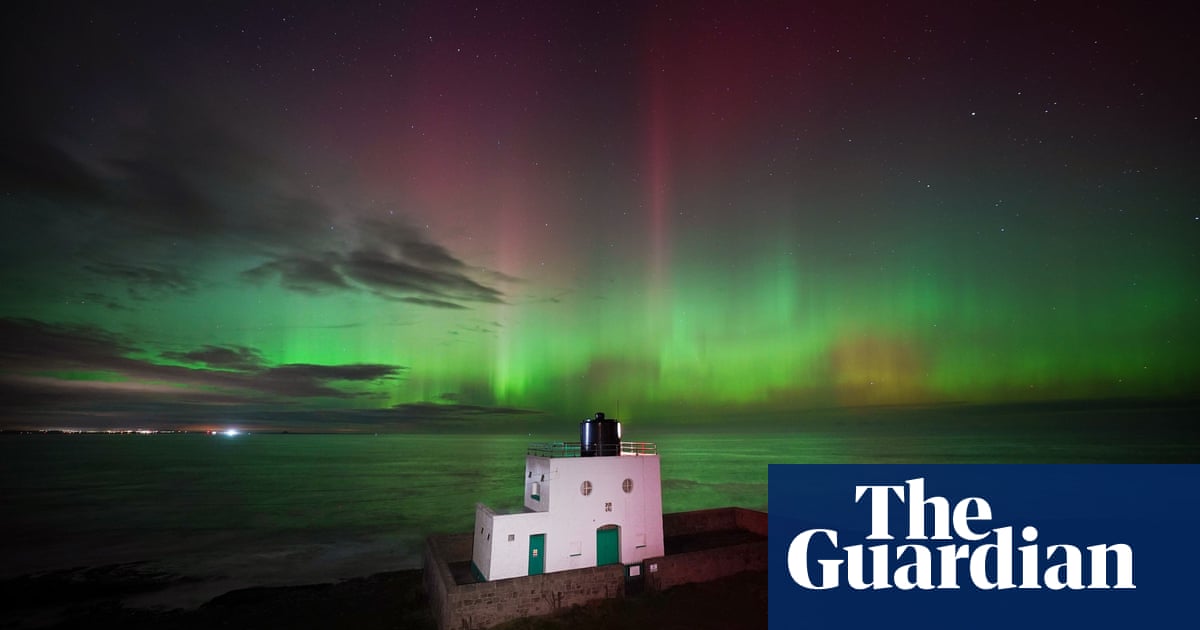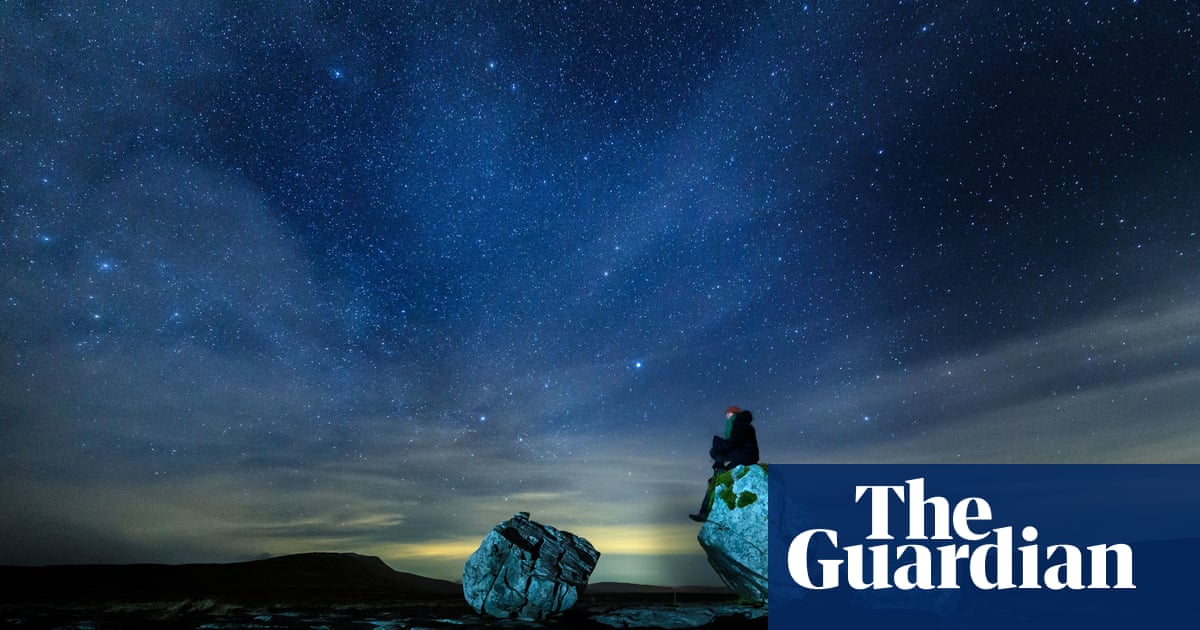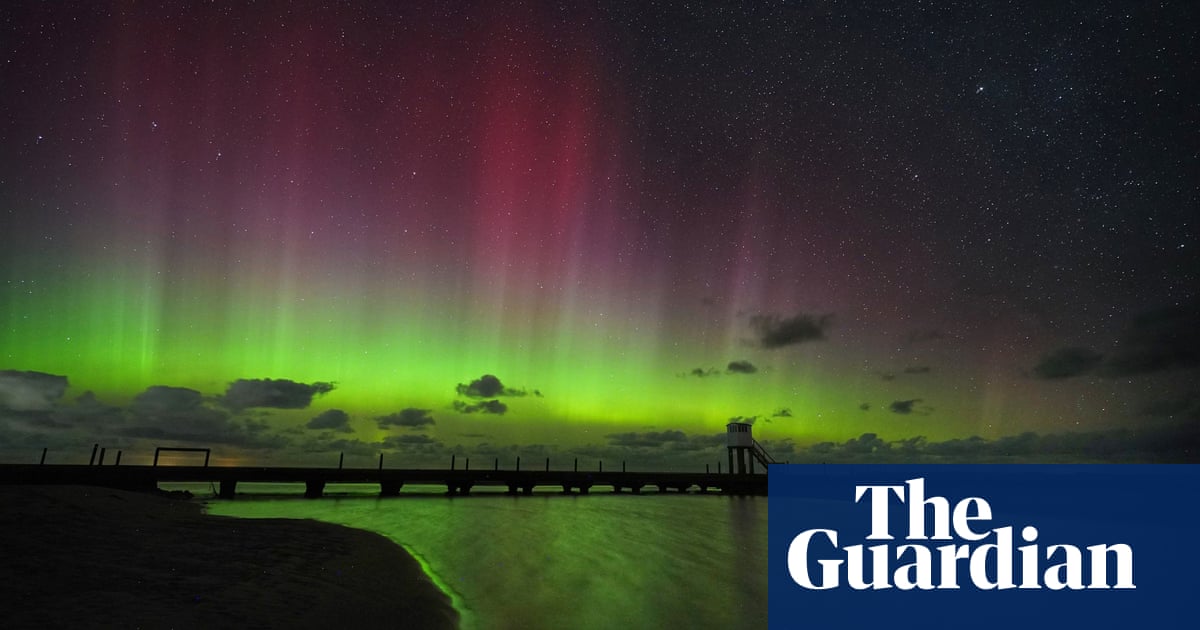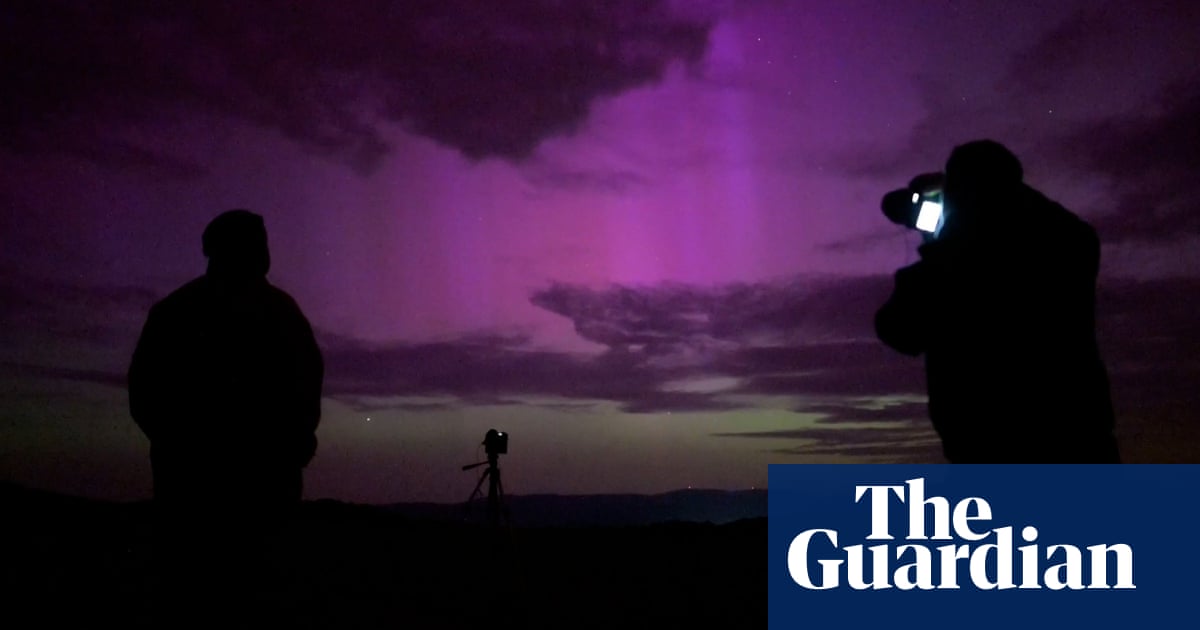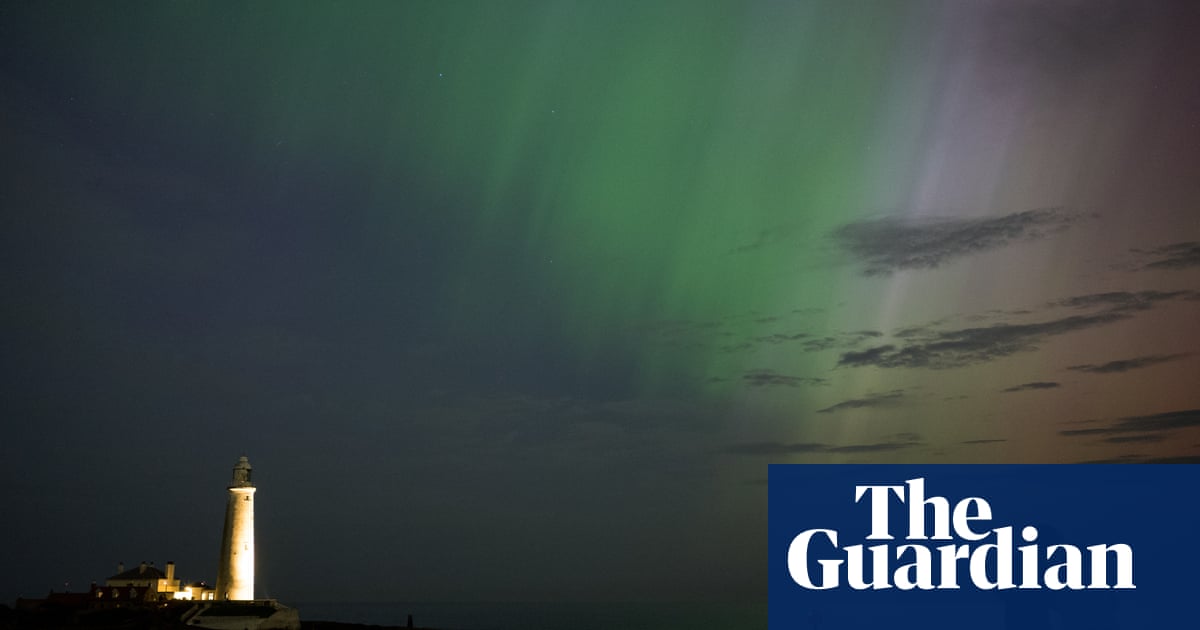
Anyone who missed the northern lights last weekend may get another chance to see them as experts predict there could be more soon.
Last weekend, bands of pink and green light, known as aurora borealis, lit up the night sky, with rare sightings across the UK, Europe and the northern hemisphere after an “extreme” geomagnetic storm caused them to be more visible, according to the US National Oceanic and Atmospheric Administration.
Krista Hammond, a space weather forecaster at the Met Office, said the phenomenon was likely to occur more frequently over the next few years – but not uniformly so.
“This is all down to what’s known as the sun’s solar cycle. The sun has a roughly 11-year cycle of activity, and this is from what’s known as solar minimum, which then goes towards solar maximum, and back to solar minimum. And we’re now approaching the solar maximum,” she told BBC Radio 4’s Today programme.
“What defines solar maximum is when we see the most number of sunspots on the sun. And it is sunspots that drive what we see as space weather, which is solar flares.
Hammond added: “As we approach solar maximum, it means the frequency that we see these space weather events, which cause the aurora, increases. But this doesn’t actually dictate the magnitude of those events.
“What we saw last weekend was quite a unique situation. We had multiple eruptions of plasma from the sun, which also caught up with each other as it arrived at Earth. And then, when that interacted with the Earth’s upper atmosphere, magnetic field, we viewed it as the aurora.
“And this coincided with clear skies, and it arrived overnight, so we were able to see it really far south. We got sightings across the whole of the UK from last weekend’s event.
“So, while we would expect to see it more in the way of space weather, whether it’s of the magnitude that allows us to see it at these southern latitudes is, that’s a little bit more tricky to forecast.”
The northern lights were spotted in Whitley Bay on the north-east coast, Essex, Cambridgeshire and Wokingham in Berkshire. They were also sighted in Suffolk, Kent, Hampshire and Liverpool.





